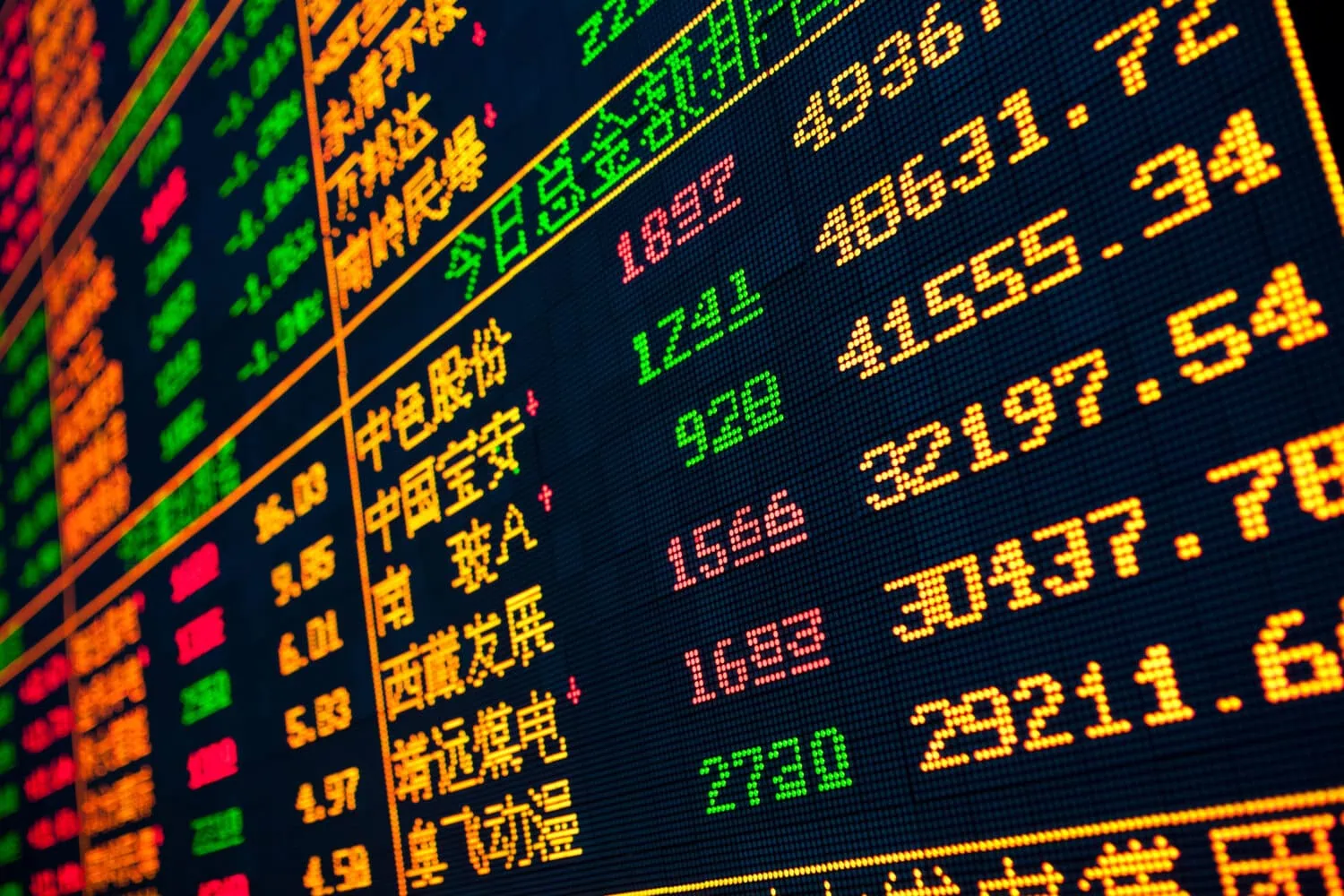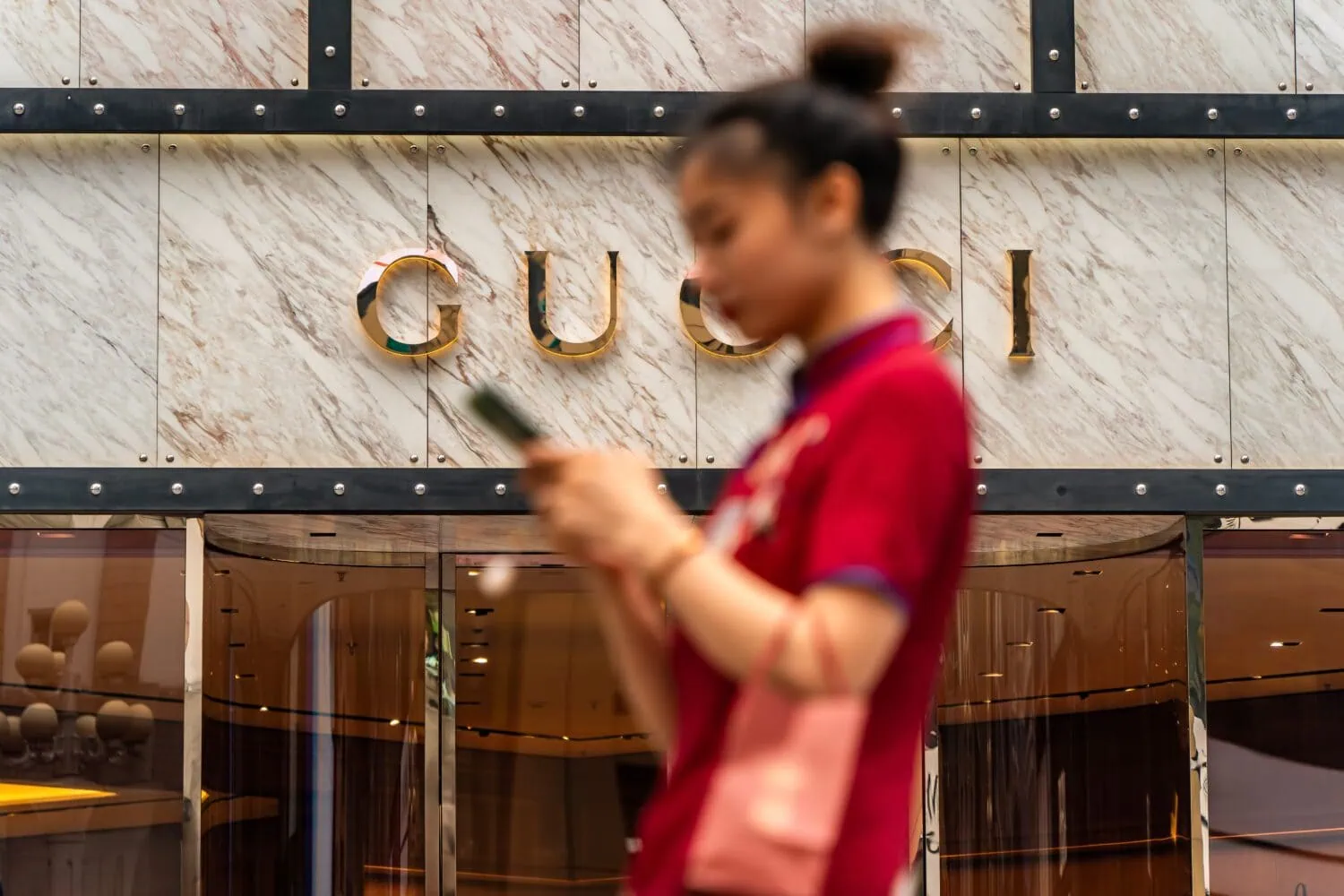Newsletter
Inflections: China Stimulus
4 November 2024
Welcome to this inaugural edition of our Partners Capital Inflections series, a bimonthly publication exploring the leading macroeconomic, political, and market shifts, and their expected impact on investment portfolios.
Those who know Partners Capital well know that we are primarily long-term investors. We firmly believe the best approach for long-term investors is to focus on creating highly resilient and diversified portfolios that can ride through a world filled with uncertainty (the key principles are set out in our Advanced Endowment Approach).
We observe that markets are often subject to long-term paradigms that can last a decade or longer and broadly dictate performance across asset classes. Hence, our longer-term asset allocation is informed by the nature of the ‘structural paradigm’ we find ourselves in. Past examples of such paradigms include the period of disinflation and near-zero interest rates which characterized much of the post-GFC period. Prior to that, we experienced structural paradigms defined by greater globalization and the opening of emerging markets in the late 1990s and 2000s, and before that the inflationary oil shocks of the 1970s. More recently, in our flagship Partners Capital Insights publication, we set out the ‘Back to Fundamentals’ paradigm of higher and more volatile inflation, interest rates, and political/geopolitical risk that defines the current decade. This paradigm, which remains in place, calls for structurally higher allocations to income-producing assets, as well as more capital invested with those that have a lower correlation to the economic cycle.
However, within any given long-term paradigm, particularly in the current one that is typified by higher levels of volatility, an underlying series of shorter-term but still material market and economic shifts take place. We refer to these shifts as ‘Inflections’.
Determining what is truly material requires distinguishing ‘noise’ from ‘signal’ – perhaps one of the hardest challenges facing any investor. But we attempt to do just that because it helps us get a much deeper understanding of the economic landscape and in some instances, studying these can provide tactical opportunities to enhance portfolio returns.
To list just a few examples of such inflections today, we believe the recent shift of central banks from monetary policy tightening to easing, a potential broadening of equities’ market leadership away from a handful of mega-cap technology companies, potential trade and fiscal policy shifts resulting from upcoming elections, and most recently the apparent policy shift towards stimulus by Chinese authorities all represent inflections to watch.
With these Inflections newsletters, we attempt to share our internal thought processes and emerging views with you. We hope this provides an additional forum for us to deepen our dialog with you that in turn should enrich our learning and improve our decision-making over the longer term.
In this first edition of Inflections, we focus on ongoing developments in Chinese policy which we believe could have global economic and investment ramifications. Some of these measures may have flown under the radar, and more announcements will be forthcoming at next week’s critical National People’s Congress (NPC) meeting. In the coming weeks, as the outcome of the US election and its resulting policies become better defined, we will likewise assess those implications in detail.
Inflection 1: China’s policy shift

As noted above, the ongoing monetary and fiscal policy shifts are critical to assess not only for their potential impact on Chinese growth and markets, but also for other economies linked to China, including the US, Europe, LatAm, and Asia. After initial announcements in mid-September, Chinese equities (MSCI China) rallied a staggering +32% USD – although there has been some retracement since. As of 30 October, Chinese equities YTD gains are just over 22%, roughly in line with US equities. There has also been a performance ‘echo’ in equity markets that have strong export linkages to China (e.g. European luxury goods). China-linked commodities markets (e.g. Copper and Iron Ore) initially surged on the news but these gains have largely subsided as investors await further details on the fiscal stimulus package.1
In summary, our preliminary assessment is that the measures announced so far are not sufficient to turn around the economy, even if they do serve to mitigate downside risk. There can be upside scope, but this will require much bolder action.
What actions has China taken so far?
Over the past three years, China has tended towards using cautious deflationary levers (primarily aimed at combatting hidden debt) while simultaneously boosting industrial output in key sectors. It has avoided measures aimed at boosting consumer demand and reflating the property market.
At long last, in the face of slowing economic growth, a stagnant property market and declining equities valuations, China has pushed out a series of more substantive policies. The stimulus announcement came after months of weak data releases which had led to a rise in social protests and prompted analysts to question whether the 5% official growth target was achievable. Experts have noted that based on recent data releases, nominal GDP growth was at risk of slipping below the “already anaemic” 4% level observed in Q2.2 Coincidently, the stimulus package comes just one week after India overtook China as the largest country in the MSCI Emerging Market Index.
Somewhat analogous to Japan’s “Three Arrow” policies of the last decade, China’s policymakers announced a three-pronged approach; 1) monetary, 2) fiscal, and 3) structural rebalancing, with monetary easing unsurprisingly taking priority.
Part of the impetus for this monetary easing may have been spurred on by the Federal Reserve’s decision to reduce US interest rates by 0.5% on 18 September which in turn provided space to ease China’s monetary policy without putting undue pressure on the Renminbi.
What is missing?
Despite strong monetary support, the limited fiscal stimulus measures announced so far have underwhelmed investors, both quantitively and qualitatively. The Ministry of Finance has laid out four areas to formulate their fiscal package: 1) additional fiscal support for local government debt resolution, 2) special Chinese Government Bond (CGB) issuance to support big banks’ core tier-1 capital injection, 3) expanding special Local Government Bond (LGB) proceeds to support housing destocking and purchase of undeveloped land, and 4) targeted cash support for people in extreme poverty and students. While few concrete figures were announced, the finance minister said that the forthcoming increase in the government debt ceiling will be the largest in recent years.
In our view, the current approach of clearing up local debts and bolstering bank capital has some benefits. It can lay the foundation for stimulus efforts to be more effective by cleaning up problems in the transmission of both fiscal and monetary policy, even if it will not boost growth in the direct, short-term way that increased spending might.
We believe the main disappointment arises from the lack of meaningful consumption stimulus measures. Even the support announced for low earners has been meagre. The government earmarked RMB155B of central-government fiscal transfers to support low-income households this year, less than the RMB160B budgeted in 2022.
Why is it important to boost consumption?

China needs higher consumption to balance its economy and reduce dependence on exports which are increasingly subject to punitive tariffs. Household consumption as a share of GDP is much lower in China than in most other countries in the world. Household consumption in 2023 accounted for 39.2% of GDP in China, compared to 67.9% in the US, 53.0% in Japan, 49.3% in Germany, 60.3% in India and a 55% world average.3
Low consumption in China is attributable to two factors. First, the share of household income (as % of GDP) is low. Excluding fixed asset and housing depreciation, household disposable income is estimated at only 43.9% of GDP vs 60% in other major economies. Second, the household saving rate is high at c. 32% in 2023.4
From an ideological perspective, boosting consumption creates a challenge to classical Marxist ideology which tends to hold production as virtuous and consumption as frivolous. Moreover, President Xi has repeatedly warned about the danger of “welfarism.” In 2021, he argued that populist policies in some Latin American nations had led to welfare benefits that created “lazy people and recipients who enjoyed benefits without working.”
From a more pragmatic perspective, direct transfers to the household sector, via cash, digital payment or consumption vouchers, can create other problems. The effect of a cash transfer policy will likely be temporary. In addition, any universal cash/consumption voucher handout implies a heavy fiscal burden (given a 1.4 billion population). Conversely, a more targeted cash/consumption voucher can get trapped in the political debate around the selection criteria of beneficiary households.
The existing measures fail to address the primary issue: how to boost household income, and by extension, consumer confidence. Disposable income is the primary driver of consumption. China’s consumer confidence index collapsed after the lengthy pandemic lockdowns and has not recovered despite economic reopening in early 2023. Weak consumer confidence results from low income growth and employment expectations, the latter falling to a new record low recently.
Even if more aggressive stimulus measures are enacted, it is likely a meaningful labour-market recovery may not arrive for some time. Historically, a sharp change in the employment PMIs has led to gains in household incomes about two quarters later. The combination of lags in policy implementation and labour-market response means that any improvement in consumption may not arrive until the second half of 2025, roughly a year from now.
What are the global investment implications of a Chinese consumption resurgence?

As noted above, we do not envisage a rapid improvement in China’s economy. Nevertheless, it is noteworthy that authorities have indicated that recent actions are just the first installments of policy stimulus. If these moves are genuinely the tip of the iceberg (as was the case when the ECB began its ‘whatever it takes’ campaign to support its sovereign debt markets) then there is scope for further economic growth stabilization over the longer term, along with material asset price appreciation. Importantly, there will also be material knock-on effects on other major economies.
Even after recent gains, Chinese equities trade at a cheaper-than-average valuation discount not only to developed markets but even to other emerging markets. While not our base case scenario, various experts suggest that a possible return to historical valuation discounts, combined with earnings growth upgrades from improved consumption, could add up to another +30% outperformance to Chinese equities.5 Clearly, meaningful downside risks also exist, both economic and geopolitical.
The global investment implications could be even more consequential, both positive and negative. On the positive side, economies and markets with heavy export gearing to China would benefit, including commodity producers (e.g., in LatAm) and luxury goods (e.g., in Europe).
However, on the negative side, resurging Chinese consumption would remove much of the excess production capacity, which has been a root cause of global goods disinflation. If developed markets (DM) services inflation remains sticky and goods inflation reaccelerates (both due to greater Chinese domestic demand and potentially higher tariffs on Chinese goods), the scope for DM central bank monetary easing will be greatly reduced, if not eliminated. This could push DM interest rates higher, with adverse knock-on effects on both bonds and risk assets (e.g., equities). The resulting increase in bond/equity correlation would reduce the benefits of diversification in simple 60/40 portfolios. However, it would create room for relative outperformance in broader multi-asset portfolios with greater global diversification within equities and including alternatives such as Absolute Return strategies.
For now, we believe the above policy shift underscores the importance of maintaining global diversification in our portfolios. We do not advise increasing allocations to Chinese assets at this point given risks from the upcoming US election and likely tariff increases. It is estimated that in a scenario where average US tariffs on Chinese goods increase from 20% to 60%, the adverse GDP impact could be c. -2%.6
Looking ahead at the upcoming policy calendar, China’s top legislative body, the National People’s Congress (NPC) Standing Committee will meet next week from 4-8 November. Reuters reports the NPC is considering approving new debt issuance of more than 10T yuan ($1.4T) in coming years. Some 6T yuan will go chiefly towards lowering the off-books debt of municipalities, while 4T will fund buybacks of idle land from cash-strapped developers and help reduce a giant inventory of unsold apartments.
That would be a step in the right direction, in our view, but still may not be enough. Looking ahead, three groups of indicators are likely to be provide important clues to the upside potential in the reflation and rebalancing process: 1) Confidence and demand among households and companies; 2) Credit and monetary aggregates; and 3) Housing activity.
We continue to monitor and assess all such developments closely, along with what is reflected in valuations and evolving expert views. We welcome any questions or thoughts and will continue to update as our thinking evolves.
Footnotes:
- Source: Bloomberg
- Source: J.P. Morgan
- Source: Gavekal Research
- Source: Gavekal Research
- Source: Alpine Macro, Goldman Sachs, Partners Capital Central Research
- Source: Bloomberg